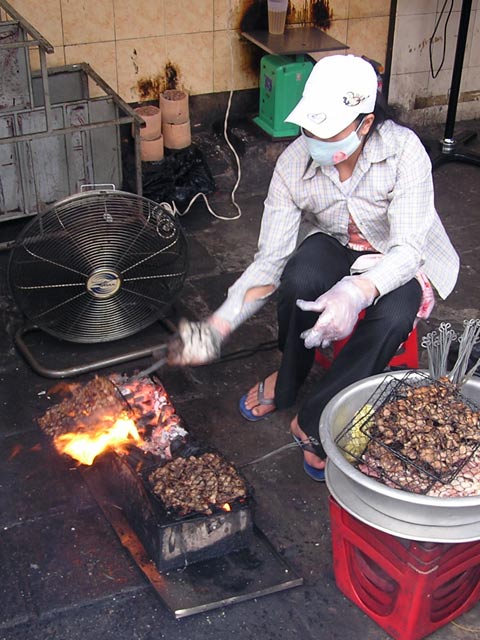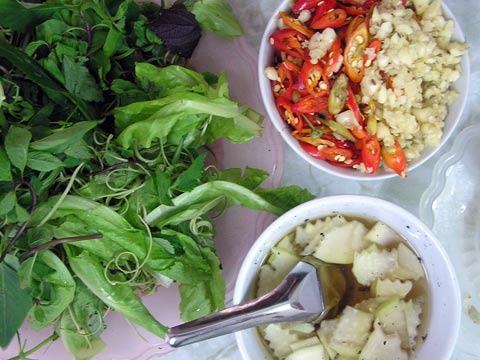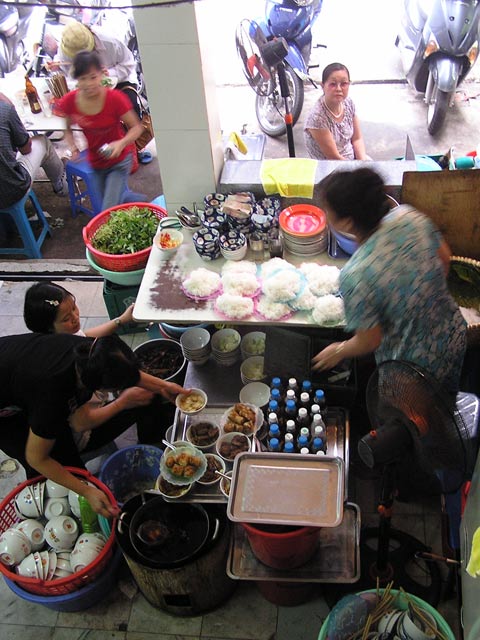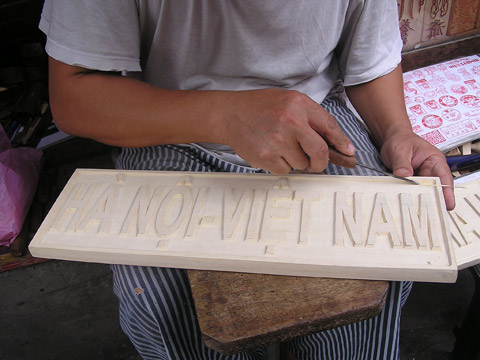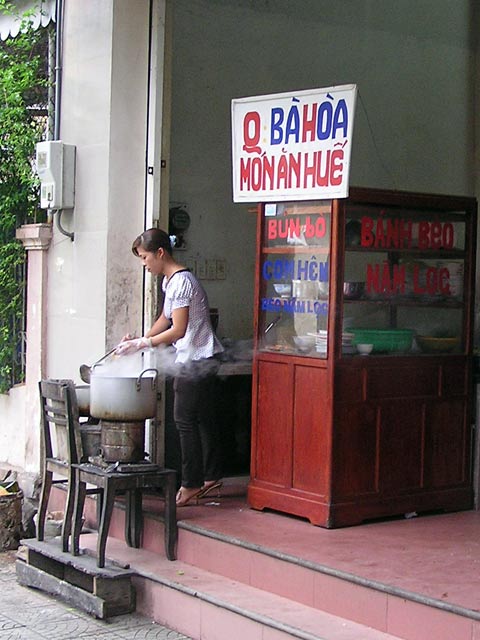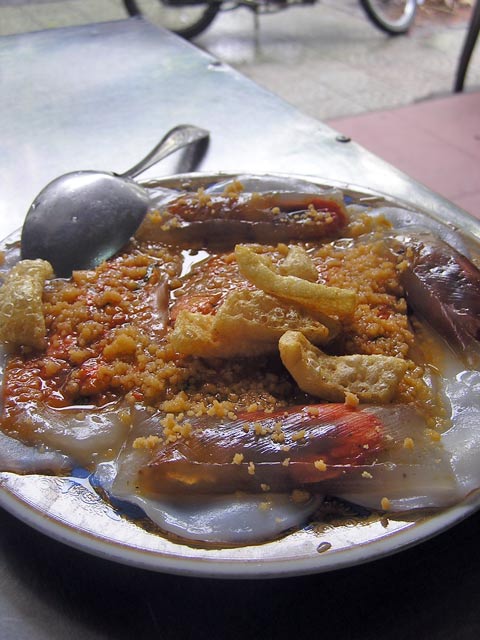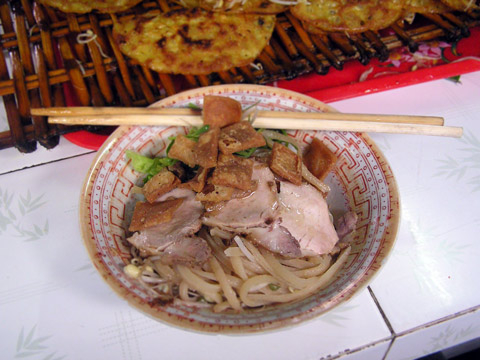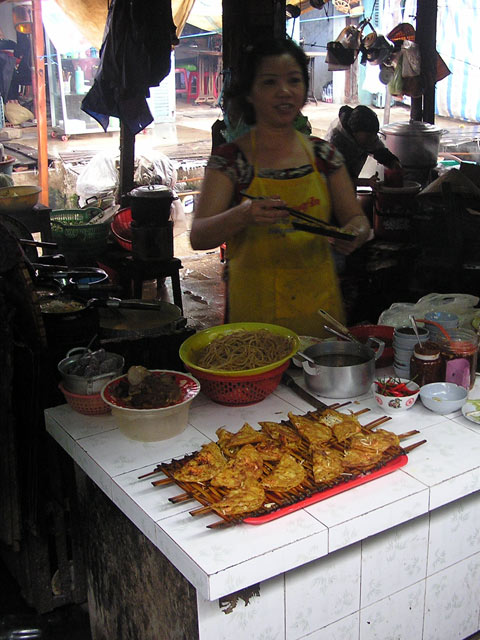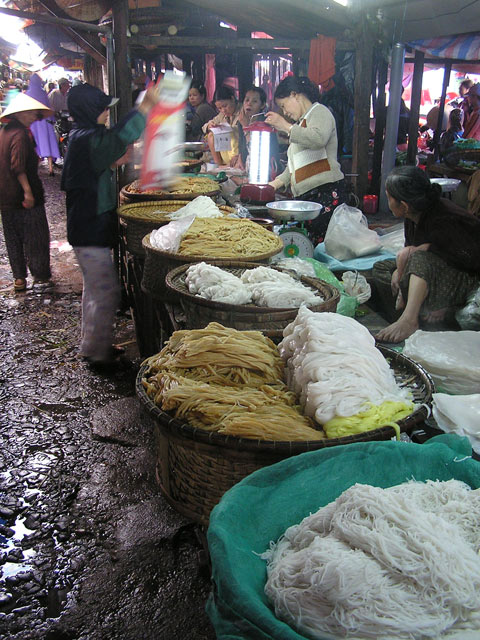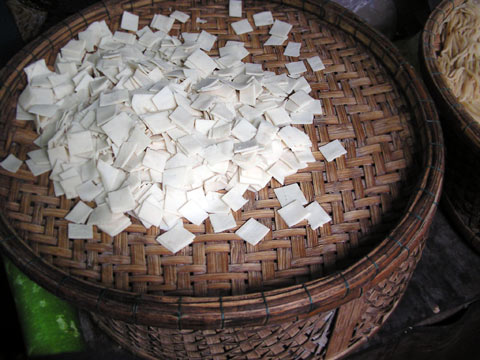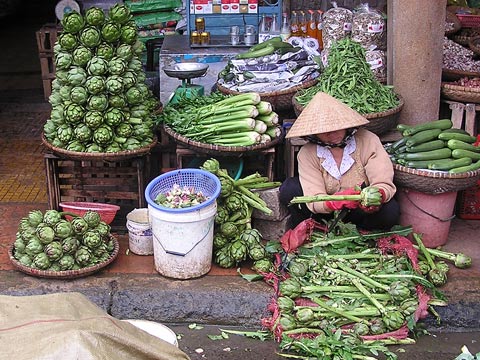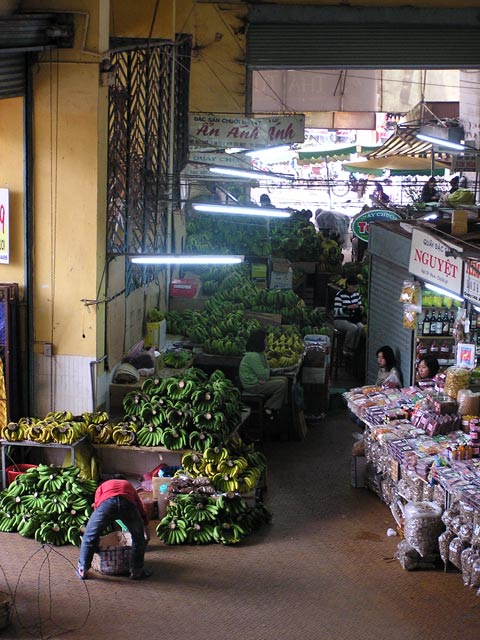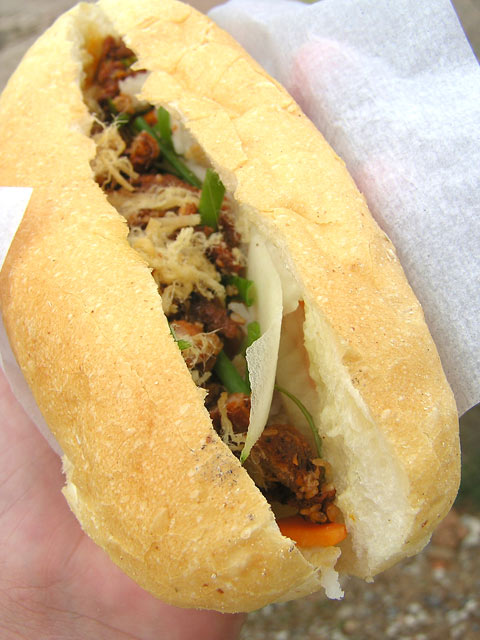There’s two ways to enjoy beer. Firstly, the late and sorely-missed Michael Jackson in his apophthegmatically-titled Beer suggests that for proper close examination, beer is best enjoyed in the privacy of one’s own home, lest the neighbouring drinkers think that he or she is the sort of person that would be pompous enough to sniff at their glass of ale:
A gentle swirl disturbs the beer enough to release its aromatic compounds. This level of study is best pursued in the home, as serious swirling might easily be thought pretentious when conducted in a bar or restaurant.
Drinking at home alone however, tends to take on negative connotations rather than being the preserve of the connoisseur. If I told people that I spent my nights at home alone with my Little Creatures, they’d probably associate me with the wrong Michael Jackson. Some beers are meant to be savoured and considered. They are designed to be flavourful and thought-provoking but still best enjoyed in the second way, in public. I tend to think pretension be damned. Swirl your beer rampantly. Drink your Belgian lambic from a beer bong for all I care.
Of all the manifestations of public drinking, none are more out in the open than that of Vietnam’s bia hoi. For all the keg partys and beer gardens in the world, nothing is easier to find than a simple keg of bia hoi in any shopfront in Hanoi. Bia hoi is a beer designed to be drank in public and nowhere else. It’s simple and straightforward, comes only by the keg and relies on a huge informal network of shambolic streetside vendors for its success. Larger vendors have their fresh beer delivered daily by the factory, smaller vendors pick themselves up a keg as soon as theirs runs dry. The vendors themselves range from dedicated beer halls to little more than a keg on a stand and a collection of ankle-high plastic stools. Some have elaborate tapping systems for their kegs, others have a clear plastic hose that they suck upon to create a siphon.
The beer itself is so uncomplicated that it is almost transparent. It has the barest of effervescence, hops but a little hint of maltiness. The head is soapy and can barely be sustained long enough for it to arrive in front of you after the beer’s short journey from keg to your plastic stool.
Locations: Everywhere up north in Vietnam. Hanoi Bia Hoi has handy maps and reviews of various bia hoi joints around Hanoi. In the countryside, the big kegs of beer at the front of the stores are hard to miss.


